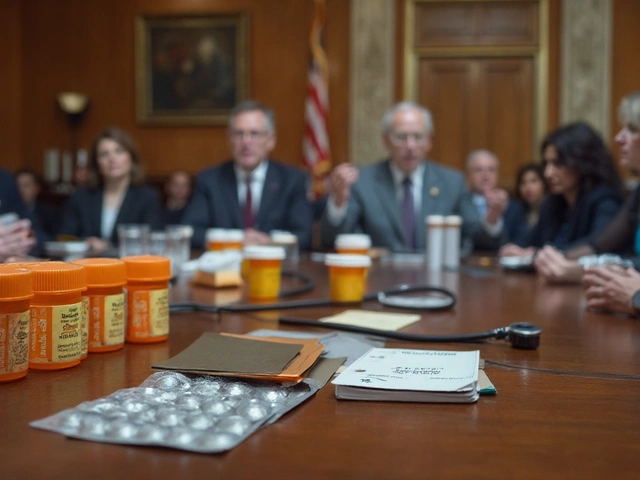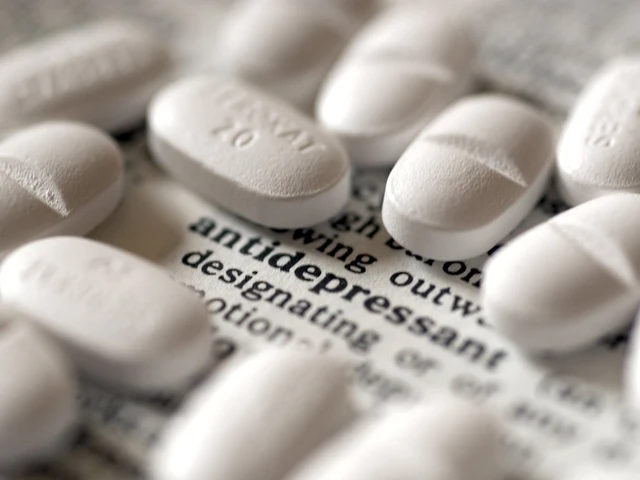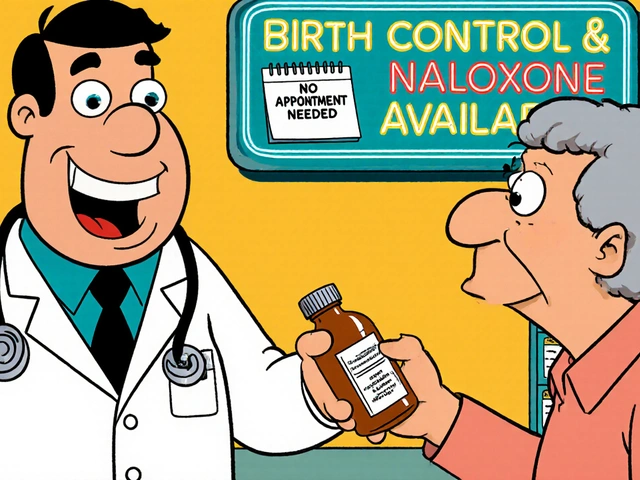Steroid Safety: What You Need to Know Right Now
Thinking about steroids or already using them? Safety matters more than results. This guide gives clear, practical steps you can use today to reduce risk — whether we’re talking medical corticosteroids or anabolic steroids used for performance.
Know the type and the real risks
Steroids aren’t one thing. Corticosteroids (like prednisone) treat inflammation and asthma. Anabolic steroids (like testosterone) build muscle and change hormone balance. Each type carries specific risks. Corticosteroids can raise blood sugar, weaken bones, and require a careful taper to avoid adrenal problems. Anabolic steroids can drop your natural testosterone, harm your liver and heart, and change cholesterol. Know which one you’re dealing with so you can watch the right signs.
Questions you should ask a clinician: Why this steroid? How long should I take it? What side effects are likely? Which labs should we check and how often? Get written answers and keep them handy.
Practical safety steps you can follow
First, get baseline labs. For anabolic use, ask for testosterone, LH/FSH, liver enzymes (ALT/AST), lipid panel, and blood pressure. For corticosteroids, monitor blood sugar, bone density if long term, and symptoms of adrenal suppression. Repeat tests at intervals your clinician recommends — usually every few months for ongoing use.
If injections are involved, use sterile technique. Use a new, sealed needle and syringe each time. Clean the skin with alcohol, rotate injection sites, never share needles, and dispose of sharps in a proper container. This cuts the risk of infections and abscesses.
Tapering matters. Don’t stop high-dose corticosteroids suddenly; follow a taper plan from your doctor to prevent withdrawal. For anabolic steroids, abrupt stops can cause hormonal crashes. Talk to a healthcare pro about medical strategies to help restart natural hormone production safely.
Watch for warning signs and act fast. Severe mood changes, chest pain, jaundice (yellow skin/eyes), dark urine, sudden shortness of breath, or fainting need immediate medical attention. For less urgent issues like acne, sleep problems, or persistent fatigue, schedule a clinic visit and bring your recent lab results.
Consider safer alternatives. For inflammation, many conditions respond to non-steroid options or targeted therapies. For low testosterone, prescription testosterone therapy under a doctor’s care is safer than unsupervised anabolic steroid use. Always discuss risks and benefits with a clinician who knows hormone care.
Finally, be honest with your healthcare team. Doctors treat you better when they know the full picture. If you worry about legal or judgment issues, remember clinicians are there for health, not punishment. Getting proper monitoring and advice is the best way to keep yourself safe while using any steroid.




